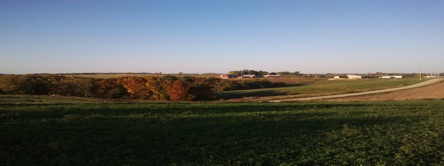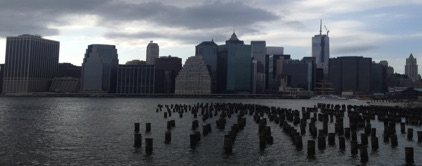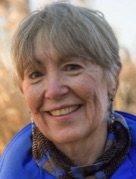How I came to write Riding the Flume
I've been fascinated with sequoias for many years, since I read The Biggest Living Thing by my friend and fellow children's writer Carolyn Arnold. From that book I learned that the first white man to see a sequoia was a hunter names A.T. Dowd. He found the tree in what is now the Calaveras Big Trees State Park in about 1852. Only a year later, in 1853, it was cut down because people wanted to find out its age. It was, they learned, more than 2000 years old. When I read this I was outraged at the arrogance of humankind, of people who thought it was proper to kill something that had been in the world for 2000 years simply to find out how old it was.
It was with that sense of outrage that I began the research that led, more than ten years later, to Riding the Flume. In my research I learned much about logging and loggers, and now I find my outrage tempered with a kind of awe and even grudging respect for the men who had the daring and confidence to pit their tiny selves and their even tinier axes against the giants. It is amazing to me that they would even imagine they could cut down a sequoia--more than three hundred feet tall and sometimes much more than twenty feet in diameter--with an ax. But they did imagine it. They even attempted it. And they succeeded.
It is a fact worth pondering--humans are, without a doubt, the most powerful species in the world. We can destroy a species much bigger and stronger than we are. It is only our awareness of that power, and our resolve to use it responsibly, that will stop us from destroying the earth.


